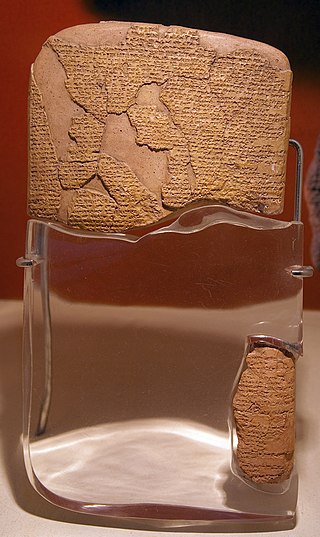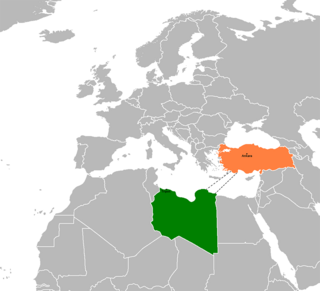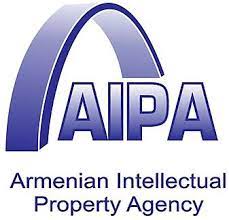
A treaty is a formal, legally binding written contract between actors in international law. It is usually made by and between sovereign states, but can include international organizations, individuals, business entities, and other legal persons.
A gentlemen's agreement, or gentleman's agreement, is an informal and legally non-binding agreement between two or more parties. It is typically oral, but it may be written or simply understood as part of an unspoken agreement by convention or through mutually beneficial etiquette. The essence of a gentlemen's agreement is that it relies upon the honor of the parties for its fulfillment, rather than being in any way enforceable. It is distinct from a legal agreement or contract.

In an extradition, one jurisdiction delivers a person accused or convicted of committing a crime in another jurisdiction, over to the other's law enforcement. It is a cooperative law enforcement procedure between the two jurisdictions and depends on the arrangements made between them. In addition to legal aspects of the process, extradition also involves the physical transfer of custody of the person being extradited to the legal authority of the requesting jurisdiction.

A legislative consent motion is a motion passed by either the Scottish Parliament, Senedd, or Northern Ireland Assembly, in which it consents that the Parliament of the United Kingdom may pass legislation on a devolved issue over which the devolved government has regular legislative authority.
Ratification is a principal's legal confirmation of an act of its agent. In international law, ratification is the process by which a state declares its consent to be bound to a treaty. In the case of bilateral treaties, ratification is usually accomplished by exchanging the requisite instruments, and in the case of multilateral treaties, the usual procedure is for the depositary to collect the ratifications of all states, keeping all parties informed of the situation.

Liquidated damages, also referred to as liquidated and ascertained damages (LADs), are damages whose amount the parties designate during the formation of a contract for the injured party to collect as compensation upon a specific breach. This is most applicable where the damages are intangible.

The Energy Community, commonly referred to as the Energy Community for South East Europe (ECSEE), is an international organization consisting of the European Union (EU) and a number of non-EU countries. It aims to extend the EU internal energy market to wider Southeast Europe. The members commit to implement relevant EU energy acquis communautaire, to develop an adequate regulatory framework and to liberalize their energy markets in line with the acquis under the founding Treaty.

A letter of intent is a document outlining the understanding between two or more parties which they intend to formalize in a legally binding agreement. The concept is similar to a heads of agreement, term sheet or memorandum of understanding. Merger and acquisition agreements, joint venture agreements, real property lease agreements and several other categories of agreements often make use of a letter of intent.
The Energy Charter Treaty (ECT) is an international agreement that establishes a multilateral framework for cross-border cooperation in the energy industry, principally the fossil fuel industry. The treaty covers all aspects of commercial energy activities including trade, transit, investments and energy efficiency. The treaty contains dispute resolution procedures both for States Parties to the Treaty and as between States and the investors of other States, who have made investments in the territory of the former. Full versions of the treaty, both consolidated and official, are readily accessible.
The Republic of Iraq's legal system is in a period of transition in light of the U.S.-led invasion in 2003 that led to the fall of the Ba'ath Party. Iraq does have a written constitution, as well as a civil, criminal and personal status law. In September 2008, the Iraqi Legal Database, a comprehensive database that makes all Iraqi positive law freely available to users online, was launched.

The Convention on the Conservation of Migratory Species of Wild Animals, also known as the Convention on Migratory Species (CMS) or the Bonn Convention, is an international agreement that aims to conserve migratory species throughout their ranges. The agreement was signed under the auspices of the United Nations Environment Programme and is concerned with conservation of wildlife and habitats on a global scale.

Arbitration is a formal method of alternative dispute resolution (ADR) involving a neutral third party who makes a binding decision. The dispute will be decided by one or more persons, which renders the 'arbitration award'. An arbitration decision or award is legally binding on both sides and enforceable in the courts, unless all parties stipulate that the arbitration process and decision are non-binding.

Rose & Frank Co v JR Crompton & Bros Ltd [1924] is a leading decision on English contract law, regarding the intention to create legal relations in commercial arrangements. In the Court of Appeal, Atkin LJ delivered an important dissenting judgment which was upheld by the House of Lords.

The south Andean deer, also known as the southern guemal, south Andean huemul, southern huemul, or Chilean huemul or güemul, is an endangered species of deer native to the mountains of Argentina and Chile. Along with the northern guemal or taruca, it is one of the two mid-sized deer in the Hippocamelus genus and ranges across the high mountainsides and cold valleys of the Andes. The distribution and habitat, behaviour, and diet of the deer have all been the subject of study. The viability of the small remaining population is an outstanding concern to researchers.
The Treaty Clause of the United States Constitution establishes the procedure for ratifying international agreements. It empowers the President as the primary negotiator of agreements between the United States and other countries, and holds that the advice and consent of a two-thirds supermajority of the Senate renders a treaty binding with the force of federal law.
Medellín v. Texas, 552 U.S. 491 (2008), was a decision of the United States Supreme Court that held even when a treaty constitutes an international commitment, it is not binding domestic law unless it has been implemented by an act of the U.S. Congress or contains language expressing that it is "self-executing" upon ratification. The Court also ruled that decisions of the International Court of Justice are not binding upon the U.S. and, like treaties, cannot be enforced by the president without authority from Congress or the U.S. Constitution.
The Strategic Cooperation Agreement was concluded on November 30, 1981 between the United States and Israel during the first Reagan administration and coincided with an official visit of Israeli Prime Minister Menachem Begin. The agreement was signed by Israeli Defense Minister Ariel Sharon and American Secretary of Defense Caspar Weinberger and pledged specific actions from both parties to increase strategic cooperation between them. The main objective was to deter Soviet threats and ‘Soviet controlled forces’ in the Middle East. Israel had aimed for some time at the creation of a more formal bond which would commit the United States to a closer military cooperation. The signing marked the beginning of close security cooperation and coordination between the American and Israeli governments. It was formally reconfirmed at the time of Reagan’s second peace initiative, on April 21, 1988.

The Budapest Memorandum on Security Assurances comprises three substantially identical political agreements signed at the OSCE conference in Budapest, Hungary, on 5 December 1994, to provide security assurances by its signatories relating to the accession of Belarus, Kazakhstan and Ukraine to the Treaty on the Non-Proliferation of Nuclear Weapons (NPT). The three memoranda were originally signed by three nuclear powers: Russia, the United States and the United Kingdom. China and France gave somewhat weaker individual assurances in separate documents.

Turkey and the Government of National Accord (GNA) of Libya signed a Maritime Boundary Treaty in order to establish an Exclusive economic zone in the Mediterranean Sea, which meant that they could claim rights to seabed resources. However, fears were expressed that the agreement may fuel an "energy showdown" in this region, because it was highly contentious.

The Intellectual Property Agency of Armenia (AIPA) is the patent office of Armenia. The agency works under the supervision of the Ministry of Economy of Armenia and is tasked with granting patent and IP address protections, trademarks, and copyrights for objects of industrial property, inventions and usage patterns, industrial design, and commercial and service marks, among others.











